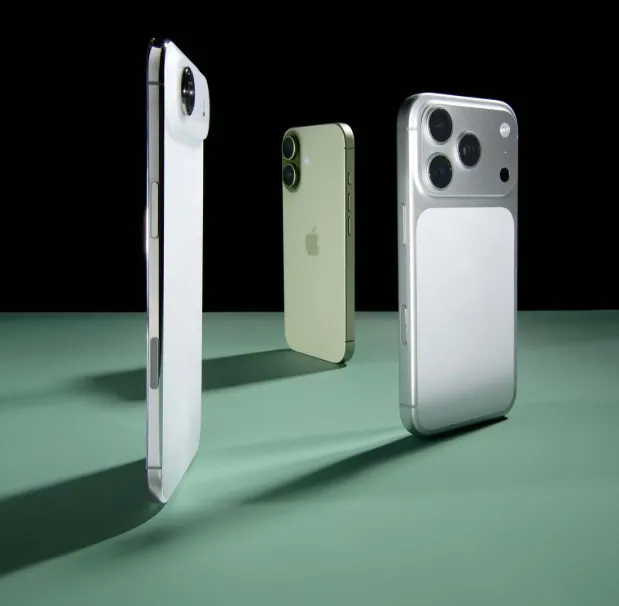Apple has officially ended the iPhone Mini, closing the chapter on its smallest smartphone. While the decision disappointed fans of compact devices, the company is preparing a new alternative: the iPhone Air. Positioned as part of the iPhone 17 lineup, the Air reflects a new design direction that balances sleek aesthetics with practical performance.
Why the Mini Didn’t Last
Despite its devoted following, the iPhone Mini struggled to resonate with mainstream buyers. Market trends showed that most users preferred larger displays and longer battery life over pocket-friendly size. Sales figures ultimately sealed its fate, pushing Apple to shift resources toward a device better aligned with consumer demand.
Introducing the iPhone Air
Set to launch in 2025, the iPhone Air will occupy a middle ground between portability and power. The device is rumored to feature a 6.6-inch screen—larger than the standard Pro but smaller than the Pro Max—wrapped in an ultra-thin aluminum body measuring just 5–6mm thick. To keep things streamlined, Apple may equip it with a single rear camera, reinforcing its minimalist appeal.
The Battery Question
As with many slim designs, battery capacity could be a sticking point. A thinner frame often means less space for larger batteries, and Apple has yet to reveal how the Air will perform in this area. While some see the device as a spiritual successor to the Mini, concerns remain about whether its endurance will meet everyday expectations.
Looking Ahead
The arrival of the iPhone Air shows Apple’s willingness to experiment with fresh ideas while phasing out models that failed to capture broad interest. By focusing on a balance of size, design, and functionality, Apple is testing whether the Air can carve out its own identity in a crowded lineup.
As the iPhone Mini fades into history, the iPhone Air represents a new step in Apple’s product evolution. Whether it can win over both loyal Mini fans and mainstream users will determine its place in the future of Apple’s smartphone strategy.
